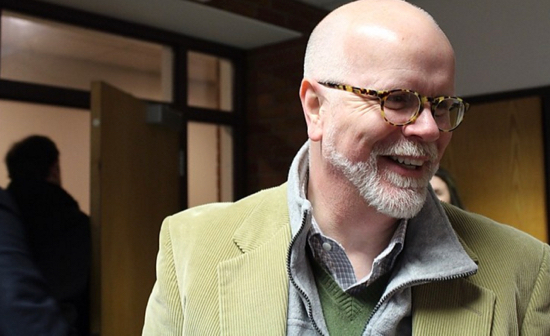 The following was sent by state Comptroller Kevin Lembo’s office.
The following was sent by state Comptroller Kevin Lembo’s office.
It is written testimony in support of a new proposal to fund special education that would establish greater budget predictability for municipalities, according to Lembo.
S.B. 542 AA Establishing the Connecticut Special Education Predictable Cost Cooperative
Good morning Senator Larson, Representative Scanlon, Senator Kelly, Representative Sampson, and Members of the Insurance Committee:
Thank you for raising this legislation and for the opportunity to show my support for innovative special education funding policy that provides consistency and predictability to our local school district budgets.
Special education funding in Connecticut is currently derived from local, state, and federal sources. However, Connecticut relies more heavily on local property taxes for education costs than any other state in the nation. Local property taxes have long accounted for the majority of special education funding. According to a report by the Office of Fiscal Analysis and the Office of Legislative Research, local property taxes accounted for, on average, about 60% of special education funding statewide from fiscal year 2002 to fiscal year 2012.
In that time period, state funds have, on average, accounted for 30% of special education funding, while federal funds accounted for less than 10%.
The amount of revenue that can be generated from local property taxes is largely restricted by the size of the district’s property tax base, which greatly varies from district to district. These variations do not generally correlate with the district’s special education spending. Many districts with high special education spending have an insufficient property tax base from which to collect local property taxes, while some districts with a large property tax base have lower special education costs. The heavy reliance on this regressive source of revenue to fund special education is a grave weakness to the special education funding system as it exists in Connecticut today.
Though I am still reviewing the details of this proposal, I am heartened by the innovative methods used within the cost cooperative proposal. The proposal would combine special
education funds now rolled in the ECS grant with Excess Cost Grant funds and other state special education funding sources into one fund which would be distributed back to school districts in a more rational manner. The formula takes into consideration each district’s prior levels of special education spending, capacity to pay, and the number of actual special education students enrolled.
However, the formula still guarantees that every municipality would receive state funds, so every municipality’s contribution will be less than their actual special education costs. Every municipality would be reimbursed for all of its special education costs, even when an unexpected special education eligible student moves into the district.
Because the municipality could not have predicted the unexpected costs, the cost cooperative smooths out the spending by the municipality, avoiding the need to scramble mid-year to find the funds. This method creates predictability and stability in municipal budgets. This is possible because the special education funds are aggregated statewide, and at the state level, special education costs are actually quite predictable.
The cooperative would be run as a captive insurance product, wholly owned and controlled by its insureds, created via the state’s Insurance Department. Therefore, there would be no third party taking profits in this structure.
It is past time that we reform how we fund the services needed for our special needs students in order to more rationally distribute special education funds and reduce the volatility of special education costs for local school districts.
I urge your support.